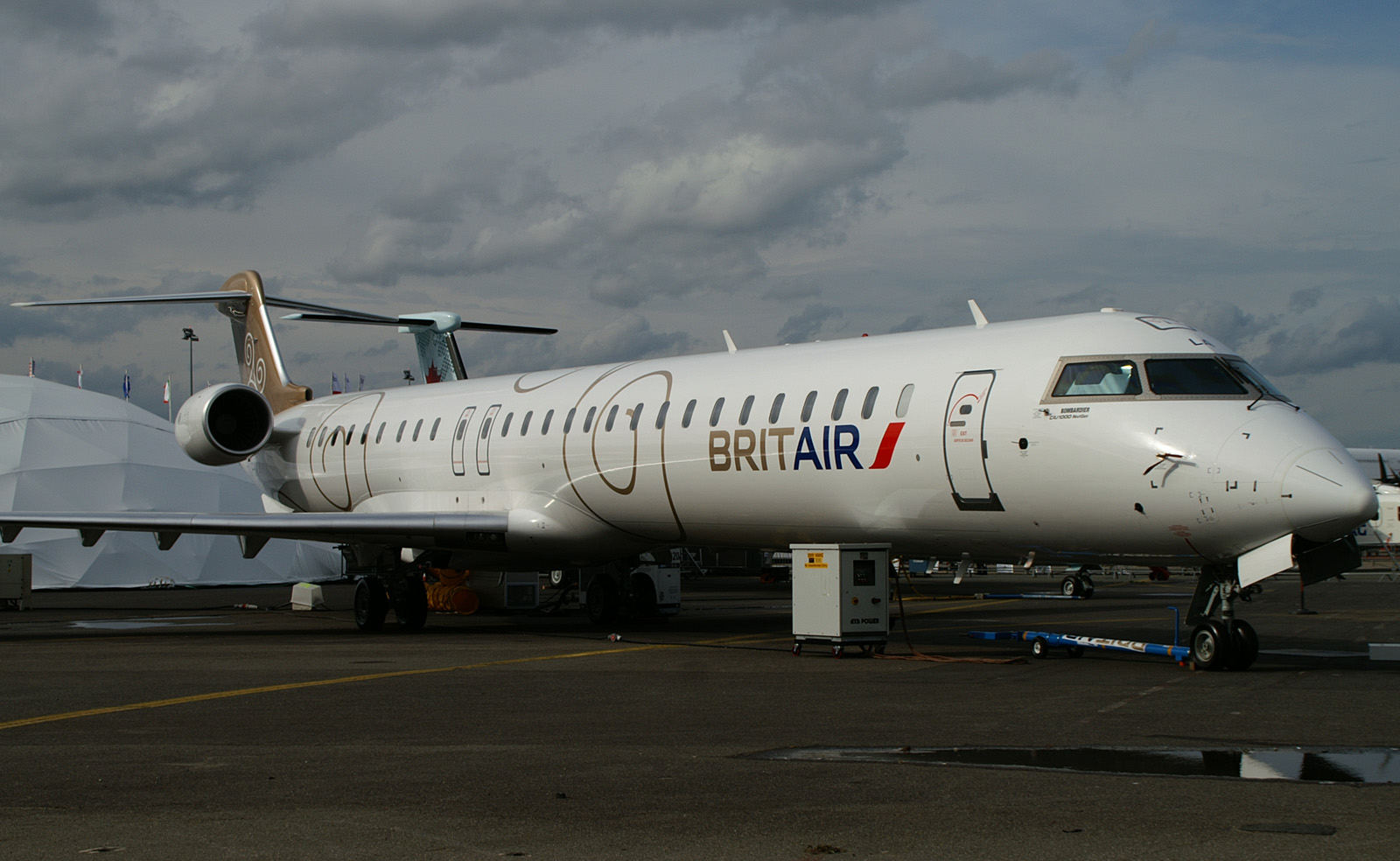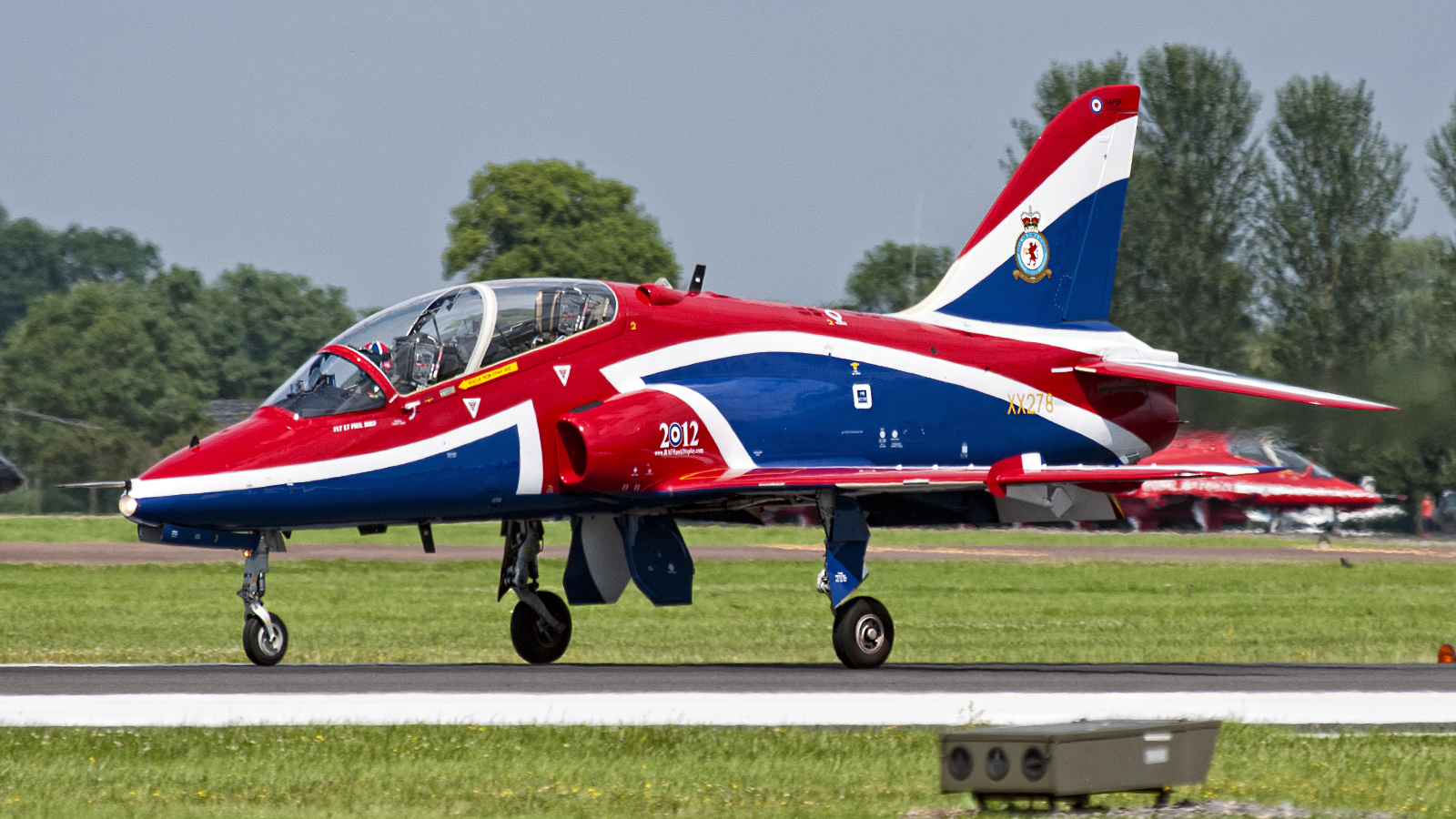
The Bombardier CRJ1000 is a regional airliners based on the Bombardier CRJ200.
Developing nation: Canada.
Manufacturer/designer: Bombardier Aerospace.
Production Lines: Montréal-Mirabel International Airport in Mirabel, Quebec Canada.
Type aircraft: Regional Airliner.
First flight: 3 September 2008.
Type Certification: 10 November 2010.
First delivery: 14 December 2010, Bombardier began CRJ1000 deliveries to Brit Air and Air Nostrum.
Produced: 2009 – present.
State: in service.
The aircraft development was announced in February 2007 and by June 2009 Bombardier had received firm orders for 64 CRJ1000 and four options. The launch customer was the French airline Brit Air, with 14 aircraft on order, and the Italian airline MyAir, with 15 on order.
The first aircraft was produced in Montreal in July 2009. Bombardier, however, identified a fault in the rudder controls during the flight test. The test programme was therefore postponed to rectify the fault. The programme resumed again in February 2010, and the first two aircraft were delivered to France based airlines First Air Nostrum and Brit Air in December 2010.
By July 2011 Bombardier had a delivery backlog of 36 CRJ1000 aircraft, out of the total 49 orders received for the aircraft.
The aircraft will be built in two versions, a standard and an extended-range (ER) version. Carrying 100 passengers, the CRJ1000 has a range of 2,760km and the CRJ1000ER extended range has a range of 3,130km.
The CRJ1000 regional airliner is being marketed to meet the needs of growing regional airlines for jets of up to 100 seats, with environmentally green performance and with particular focus on low operating costs, greater fuel efficiency and improvements in passenger comfort. In comparison to older aircraft of similar passenger capacity currently in operation, the CRJ1000 provides substantially lower fuel consumption and achieves up to 30% reduced carbon dioxide engine emissions.
The CRJ1000 has the same two-pilot flight deck configuration as the CRJ900. The flight deck is equipped with a Rockwell Collins Pro Line 4 integrated avionics system, with a six-tube electronic flight and information system (EFIS) and engine indication and crew alerting system (EICAS).
The Bombardier CRJ700, CRJ705, CRJ900 and the new CRJ1000 airliners are powered by the General Electric CF34-8C5 family of engines. The CRJ1000 is powered by either the GE CF34-8C5A1 or the new derivative engine version, A2.
General characteristics:
- Crew: 2 pilots
- Capacity: 88 – 100 passengers
- Payload: 11,975 kg (26,400 lb)
- Length: 39.1 m (128 ft. 5 in)
- Wingspan: 26.2 m (85 ft. 11 in)
- Height: 7.5 m (24 ft. 6 in)
- Wing area: 77.4 m² (833 ft.²)
- Fuselage Maximum Diameter: 2.7 m (8 ft. 10 in)
- Empty weight: 23,179 kg (51,100 lb)
- Max takeoff weight: 41,640 kg (91,800 lb.)
- Powerplant: 2x GE CF34-8C5A1 turbofans each 14,510 lb. / 64.5 kN thrust APR
Performance
- Maximum speed: 870 km/h (0.82 Mach, 470 kts, 541 mph)
- Cruise speed: 827 km/h (0.78 Mach 447 kts 515 mph)
- Range: 2,843 km (1,535 NM 1,766 SM)
- Service ceiling: 12,497 m (41,000 ft)
Avionics
- Rockwell Collins Pro Line 4 six-screen EFIS/EICAS suite enhanced with Pro Line 21 Replaceable Units (LRU)
- Dual gyro-compassing attitude heading reference systems (AHRS)
- Traffic alert & collision avoidance system (TCAS) and enhanced ground roximity warning system (EGPWS)
- Rockwell Collins digital weather radar
All pictures courtesy of Zijde Aviation Photo and Publishing, Rob Vogelaar / Marcel van Leeuwen





